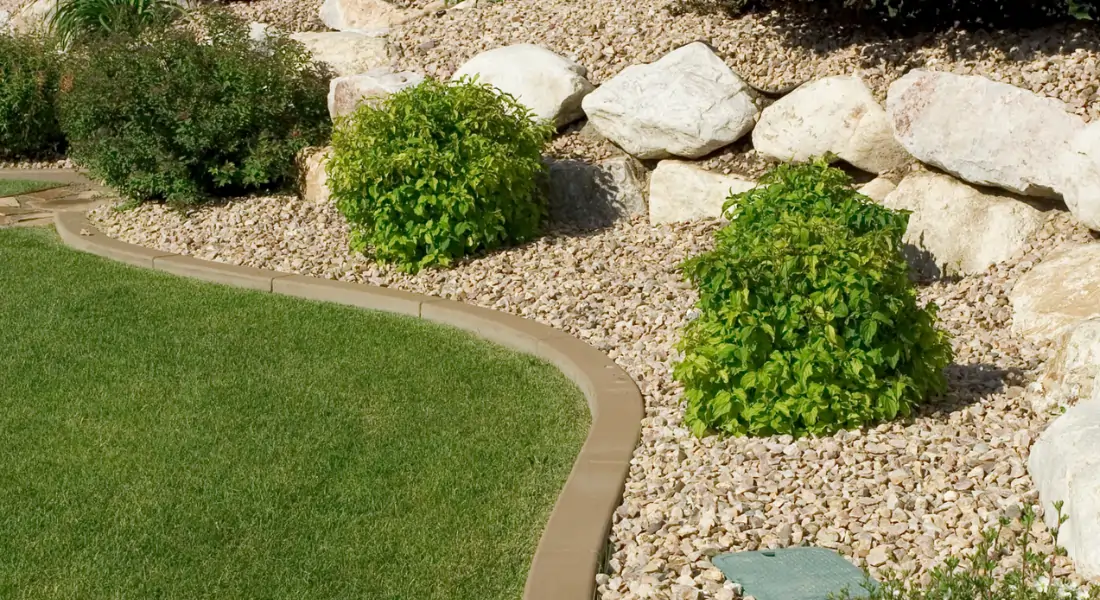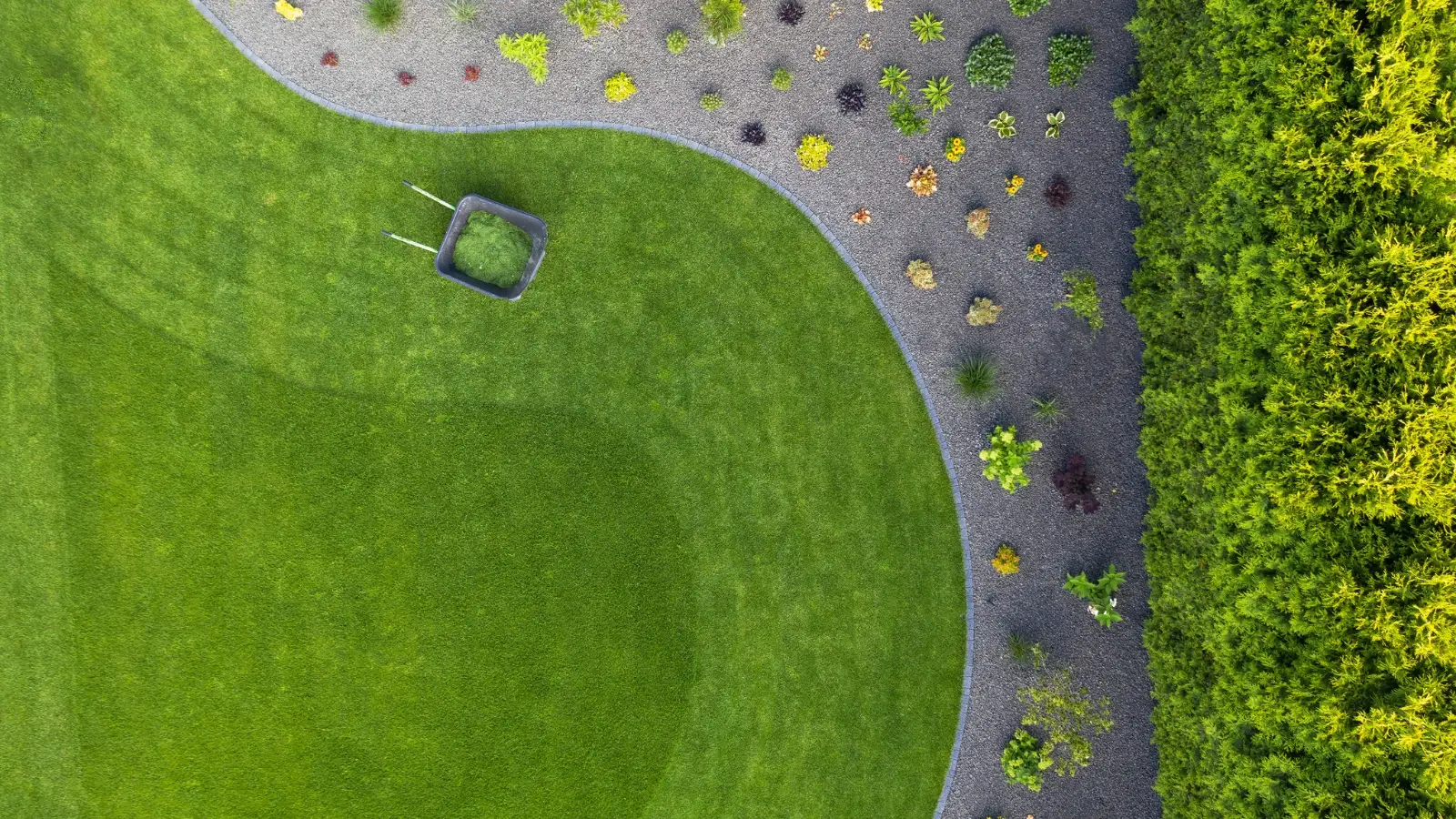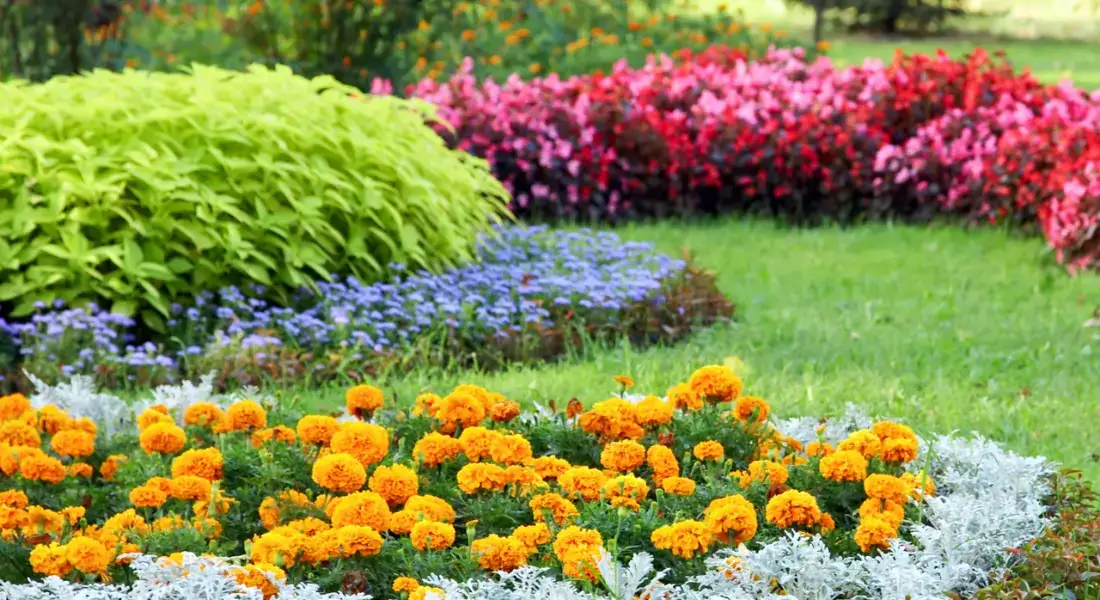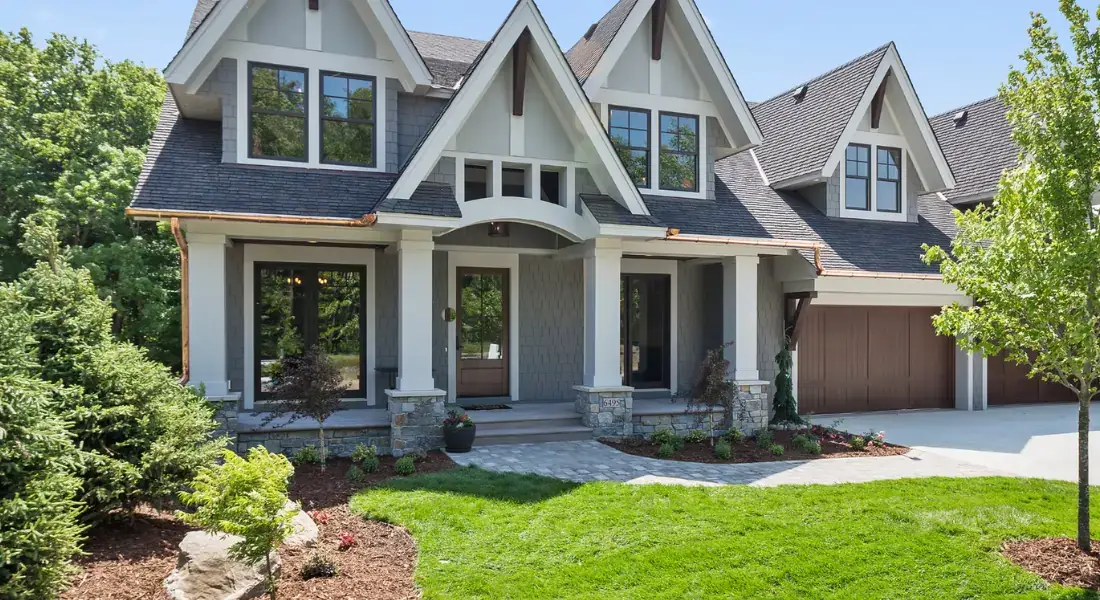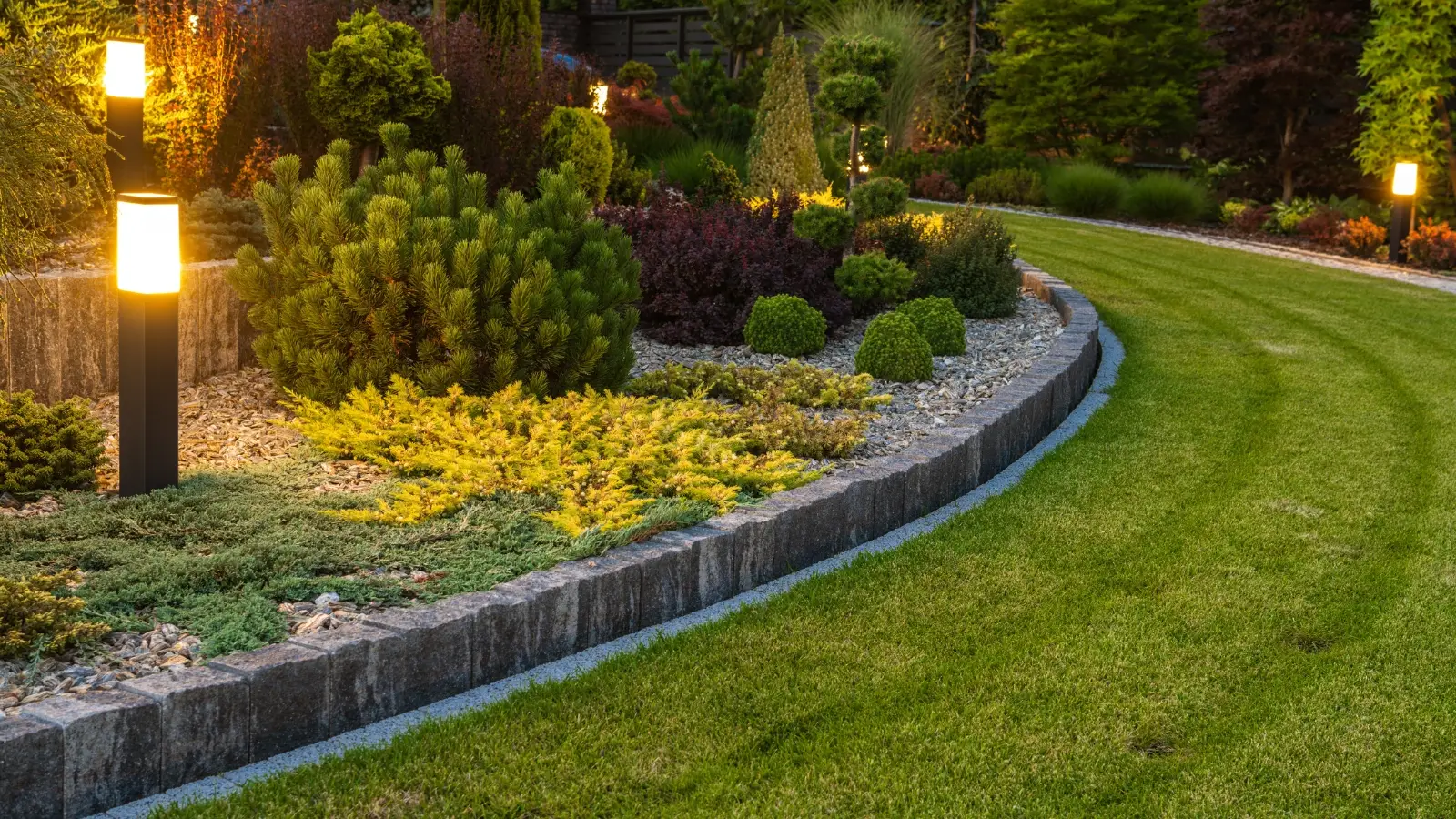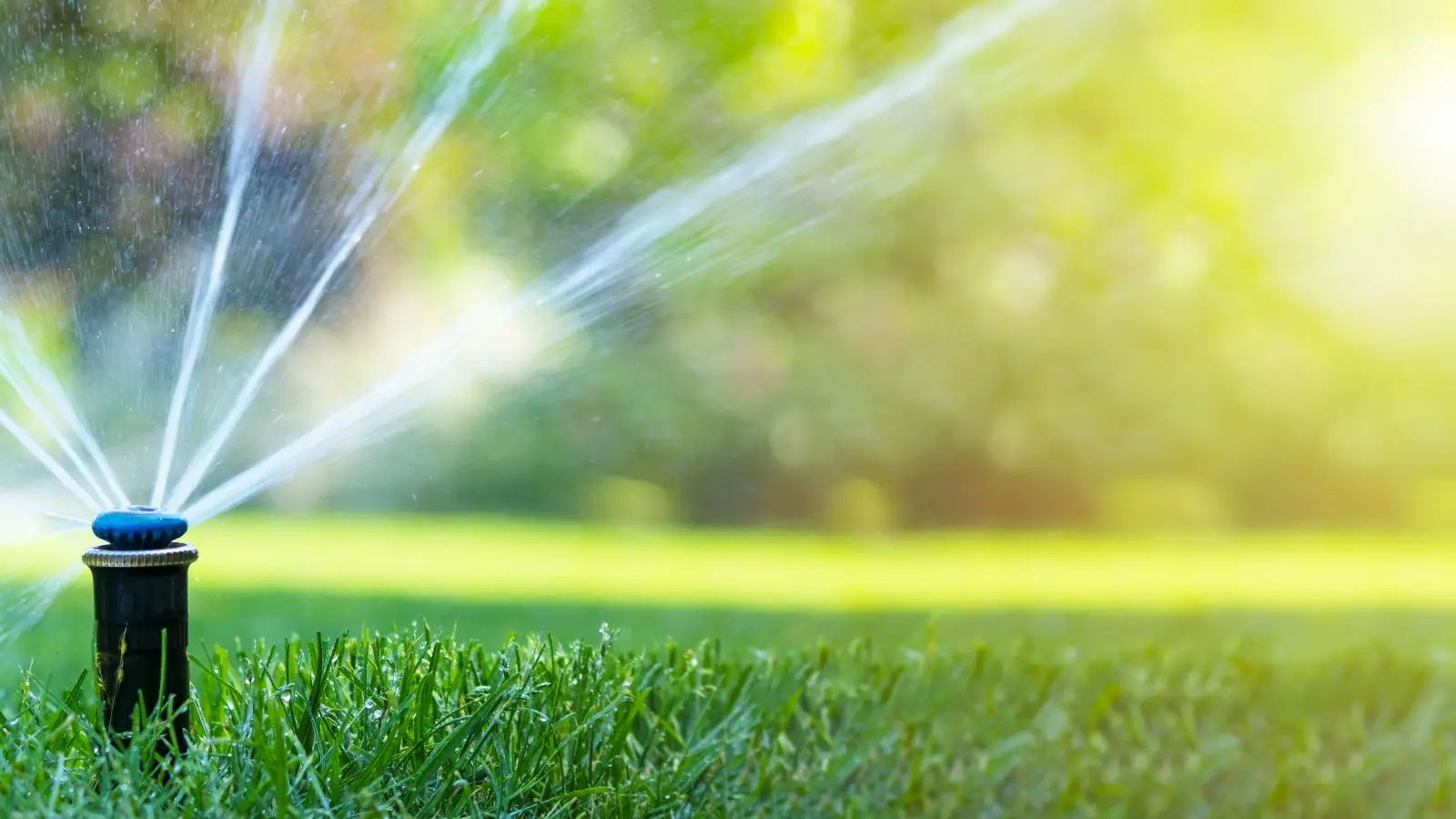When it comes to enhancing the functionality and beauty of your outdoor space, landscaping is only half the story. The other half? Hardscaping — the use of non-living elements like stone, brick, concrete, and wood to build functional structures. From patios and walkways to retaining walls, hardscaping adds durability, value, and curb appeal to any property.
In this article, we’ll explore the core benefits of hardscaping and why patios, walkways, and retaining walls deserve a place in your next outdoor project.
What Is Hardscaping?
Hardscaping refers to the man-made features of a landscape design. Think pavers, decks, fences, pergolas, fire pits, and water features. While softscaping focuses on plants and greenery, hardscaping gives your outdoor space form and structure — providing usability and permanence.
Among the most common hardscape features are:
- Patios – outdoor living areas for relaxing or entertaining
- Walkways – structured paths that guide foot traffic and define space
- Retaining walls – barriers that prevent soil erosion and create level ground on slopes
Now let’s break down why these elements are so valuable.
1. Patios: The Foundation of Outdoor Living
A well-designed patio extends your living space into the outdoors — creating a functional and beautiful area for dining, lounging, or entertaining guests.
Key Benefits of Patios:
- Increased home value: Patios are among the top home improvements for ROI. A quality patio can significantly boost property value and buyer appeal.
- Low maintenance: Unlike wooden decks that require staining or sealing, paver or stone patios are long-lasting and require little upkeep.
- Customizable design: Patios can be built using pavers, concrete, brick, flagstone, or tile, offering limitless design options to match your home’s aesthetic.
- Year-round usability: Add a fire pit, pergola, or outdoor heater, and your patio becomes a 4-season hangout.
Whether you prefer a cozy breakfast nook or a spacious party zone, patios give your backyard purpose and polish.
2. Walkways: Function Meets Form
Walkways may seem simple, but they play a huge role in both the function and curb appeal of your landscape. They connect key areas — the driveway, front door, garden, backyard — while adding elegance and structure.
Benefits of Walkways:
- Safety and convenience: Well-placed walkways make navigating your property easier and safer, especially in wet or uneven terrain.
- Defined flow: Walkways guide movement and help separate spaces (e.g., garden beds, lawn, or patio), making your yard feel more organized.
- Aesthetic value: From curved paver paths to stepping stones, walkways add charm and a sense of invitation to your landscape.
- Erosion control: Properly installed walkways reduce foot traffic on the lawn, helping prevent mud and soil compaction.
Well-thought-out paths not only elevate the look of your yard — they make it more functional for everyday use.
3. Retaining Walls: Beauty with a Purpose
If your property includes slopes or uneven ground, retaining walls are a smart investment. These engineered structures hold back soil and prevent erosion — but they also open up new landscaping possibilities.
Benefits of Retaining Walls:
- Erosion control: Retaining walls stabilize hillsides and prevent soil from washing away during rain or irrigation.
- Increased usable space: Flatten sloped areas to create garden beds, terraces, or extra lawn space.
- Drainage improvement: A well-designed wall can redirect runoff and protect foundations from water damage.
- Visual interest: Retaining walls can be both functional and decorative, built with stone, block, or timber to create striking vertical elements in your yard.
From terraced gardens to seat walls and raised flower beds, retaining walls bring structure, style, and stability to challenging landscapes.
Additional Benefits of Hardscaping
Beyond the individual perks of patios, walkways, and retaining walls, hardscaping offers some universal advantages that homeowners love:
1. Durability and Longevity
Unlike wood or plant-based elements, hardscaping materials are built to withstand the elements — lasting for decades with minimal maintenance.
2. Low Maintenance
No watering, pruning, or fertilizing. Just occasional cleaning or resealing, depending on the material.
3. Water Efficiency
Hardscaping reduces the need for irrigation, which is ideal for drought-prone regions or low-maintenance lifestyles.
4. Increased Property Value
According to real estate experts, well-designed outdoor spaces are among the most desirable features for buyers. Hardscaping provides a solid return on investment and can set your home apart in a competitive market.
5. Environmental Benefits
By incorporating permeable pavers or strategically placed retaining walls, you can reduce runoff, promote drainage, and support a more sustainable landscape.
Choosing the Right Hardscaping Partner
The success of any hardscaping project depends on thoughtful design and proper installation. Work with professionals who understand:
- Soil conditions and drainage
- Local building codes
- Material durability
- Aesthetic harmony with your home and garden
A good contractor will listen to your needs, recommend the best materials, and ensure everything is built to last.
Final Thoughts
Hardscaping isn’t just about adding stone and concrete to your yard — it’s about creating structure, beauty, and functionality that enhance your lifestyle and increase your home’s value.
Whether you’re installing a new patio, guiding visitors with walkways, or leveling your yard with retaining walls, hardscaping transforms your outdoor space into something truly special — and something that lasts.
